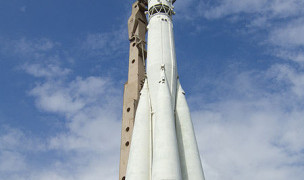 6 Terms
6 TermsHome > Industry/Domain > Earth science > Remote sensing
Remote sensing
The process of using aerial sensor technologies to detect and classify objects on Earth both on the surface, and in the atmosphere and oceans by means of propagated signals.
Industry: Earth science
Add a new termContributors in Remote sensing
Remote sensing
Tie-point
Earth science; Remote sensing
A point on the ground which is common to two images. Several are used in the coregistration of images.
Modulate
Earth science; Remote sensing
To vary the frequency, phase, or amplitude of electromagnetic waves.
Cut off
Earth science; Remote sensing
The digital number in the histogram of a digital image which is set to zero during contrast stretching. Usually this is a value below which atmospheric scattering makes a major contribution.
Real-aperture radar
Earth science; Remote sensing
Radar system in which azimuth resolution is determined by the transmitted beam width, which is in turn determined by the physical length of the antenna and by the wavelength.
Additive primary colours
Earth science; Remote sensing
Blue, green, and red. philtres of these colours transmit the primary colour of the philtre and absorb the other two colors.
Reflected energy peak
Earth science; Remote sensing
Wavelength (0. 5mm) at which maximum amount of energy is reflected from the earth's surface.
Travel time
Earth science; Remote sensing
In radar, the time interval between the generation of a pulse of microwave energy and its return from the terrain.
Featured blossaries
Bagar
0
Terms
64
Blossaries
6
Followers
The first jorney of human into space
 6 Terms
6 Terms

